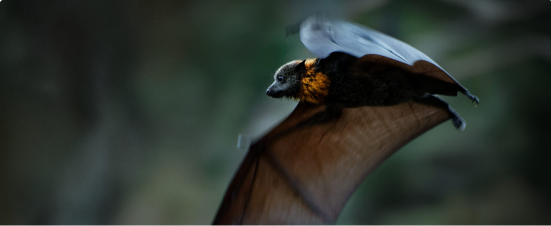Last week, the Parliament of South Australia passed the Biodiversity Bill 2025, giving the go ahead to South Australia’s first Biodiversity Act.
The bill creates laws to protect native plants, animals and ecosystems, prevent damage to the environment, and support restoration. The bill also incorporates rules for vegetation clearing, currently in the Native Vegetation Act 1991 (SA) (NV Act), and wildlife provisions of the National Parks and Wildlife Act 1972 (SA) (NPW Act). The NV Act and wildlife provisions of the NPW Act will be repealed once the new Biodiversity Act commences.
Key elements of the bill that will deliver improved outcomes for biodiversity include:
- A new general duty to not harm biodiversity (a new feature for biodiversity laws in Australia);
- Requirements for the environment minister to make and act consistently with a new State Biodiversity Plan;
- New provisions for protecting critical habitat;
- Formal listing processes for threatened species, ecological communities and culturally significant biodiversity entities;
- An enhanced role for Aboriginal persons within the framework (via a new Aboriginal Biodiversity Council); and
- Broader standing for persons to apply to the Environment, Resources and Development Court for civil enforcement of contraventions of the act.
EDO’s policy and law reform and science experts engaged on the development of this bill over the past two years, including:
- attending an initial workshop with the SA Department of Environment and Water in Adelaide in 2023;
- providing detailed input on a discussion paper in 2023-24;
- providing detailed analysis of and recommendations for improving an exposure bill, earlier this year; and
- providing expert analysis to South Australian environment groups, to help them understand the key proposals.
The bill as introduced to parliament contained many positive changes reflecting stakeholder feedback, including EDO recommendations. This included the insertion of the precautionary principle into the bill, strengthened requirements for the decision-makers to act consistently with the new State Biodiversity Plan, and amendments to fix up problematic definitions and drafting.
Amendments to the bill in the committee stage of the Legislative Council saw further improvements, including:
- new objects to promote halting and reversing biodiversity loss, and to ensure that biodiversity management takes into account the importance of biodiversity in addressing climate change;
- reinstating a legislative description of the regulated clearance; and
- requiring that listing determinations are made by the scientific committee, rather than the minister.
Notably, there are elements of the bill that will require further scrutiny, including the formalisation of the state’s offsetting rules (known as significant environmental benefits (SEBs)) in a new, legislated SEB policy, and the operation of new provisions allowing reviews of clearing refusal decisions.
Additionally, substantial detail of key elements of the new framework are not in the bill, for example, the SEB policy, listing criteria, membership and procedures for committees, form, content and procedures for action plans and threat abatement plans. These will be set by regulation, biodiversity policies and guidelines that will be made at a later stage. It is expected the new Biodiversity Act will not commence until many of these elements are in place, which may take many months.
EDO will continue to engage on the development of these subordinate rules and policies and implementation of the bill to ensure the South Australian Government delivers a framework that halts biodiversity decline and puts nature on a path to recovery.





